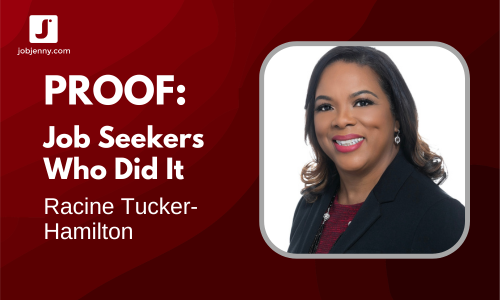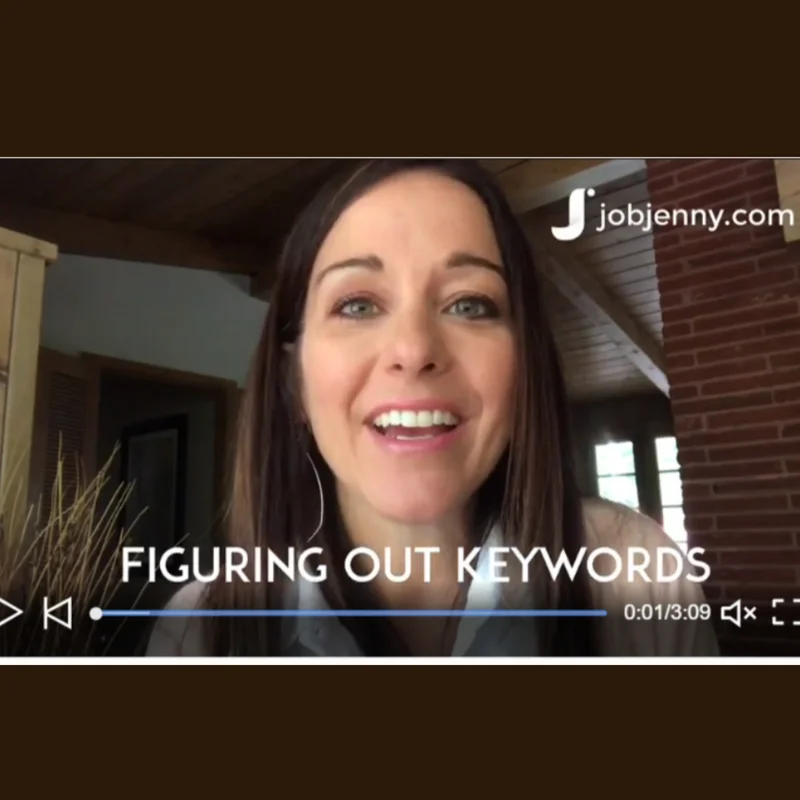The most common mistakes you make when crafting a resume.
This is the second article in a resume strategy series; it's an excerpt from the soon-to-launch Ridiculously Awesome Resume Kit.
For about 92% of the human population, resume writing is hard. For sure. It's awkward, confusing and makes your brain want to explode.
As both a resume writer and a recruiter, I witness daily how hard it is; I read at least 5-8 resumes every day.
I've seen some extraordinary ones, definitely.
I've also seen some really, really bad ones.
And just everything in between.
What makes a resume bad? Here are the most common mistakes I see (and how to fix them):
1. Lack of a focus and strategy.
You can’t just list out the stuff you did at every job. You have to keep in mind who the target audience is, and what they’re going to care most about. Include that. Tell an overall story as you outline your career history, a story that speaks, specifically, to what your future employer is likely going to care about.
2. Failure to include the relevant key words.
Most corporations and recruiters today use applicant tracking systems (ATS). Simply put, these are databases that sit at the front end of the recruitment process and store, sort and (if you've done things right) spit out resumes to move on to the human eyeballs for review. If you’re not yet clear on how the ATS works, or how recruiters and corporations use them through the hiring process, you must must must drop everything right this minute and educate yourself on what they are.
In doing so, you’ll realize that it’s beyond crucial for you to incorporate relevant key words (relevant to your industry, your job function, etc.) in the resume. If you plan to apply for any jobs online at all, chances are your resume is going to enter an ATS. The goal is to get the resume through the ATS and on to the real people. Don’t screw this step up – If you do, you could be lost forever in the ATS (even if you’re a spectacularly qualified candidate.)
3. Use of an old school format or, worse, a Resume Wizard Word template.
Hi. 1998 called. They’d like their resume template back. Please give it to them. A simple, Word formatted layout with consistent fonts, white space and bullet points will do just fine.
4. Formatting inconsistencies.
I see this often. It makes me woozy. Be consistent with what you put in bold, and what you italicize. Use consistency in font sizing. Assuming you use bullet points, make them all the same style. No one wants to see a maze of dots, arrows, dashes and craziness on this thing. I call this a Las Vegas resume.
5. Grammatical inconsistencies.
If you hyphenate a word in one spot on the resume, and then use the same word without hyphenation elsewhere? You look careless. Mostly, because you are careless. Check, check again and check again.
6. Inclusion of references, or the actual phrase “References available upon request.”
It’s totally unnecessary. I have a little secret: If an organization is interested in you, and you get to the point in the process at which they want references? The interviewer will ask you for them, whether you’ve included this phrase on your resume or not. I swear.
7. Unbending belief that the sucker needs to be a one-pager.
Please stop believing this one. It’s OK to go beyond a page. Very OK. In fact, if you err on the side of brevity in the name of getting it to fit on one page, you may fail to give the reviewer a clear picture of who you are, and what you can bring to the party. Don't waste your real estate, but don't freak if you craft a 2-3 page resume, especially if you're 10-15 years into your career, or work in a very technical field.
Need help with your resume? Check out The Ridiculously Awesome Resume Kit or our Weekend Resume Makeover course.











